
Biophilia is the methodology that aims to establish an intrinsic human connection with the natural world through direct and indirect references to nature. Although modern life provides us with many conveniences, it is essential to establish a beautiful connection with the natural world and ensure its occupants’ psychological and mental well-being. One can do this by adding elements of nature into the built environment of architecture and interior design. Note that green building principles are responsible towards the environment with efficient use of sustainable resources. At the same time, a biophilic design focuses on the well-being of the occupants who use the spaces.
Biophilia embraces a human-centric approach to interior and building design by focussing on the human connection to the natural world. Some of the benefits of a biophilic design aim at creating an area that is in harmony with the environment. It includes improved physical health, enhanced mood, and a feeling of well-being. Along with this, biophilia helps improve productivity, reduces stress, enhances concentration and creativity, improves mental health, reduces fatigue and creates a positive space that is in harmony with nature as man has an affinity towards nature and is dependent on it.
1. Bring In Fresh Air
Open the windows daily, even during the winter season, to increase the airflow throughout the home and create a well-ventilated space. It is a great way to improve air quality and replace stale indoor air with fresh outdoor air. Also, open windows bring in the sounds of birds and whistling trees into the home and fill it with positivity.
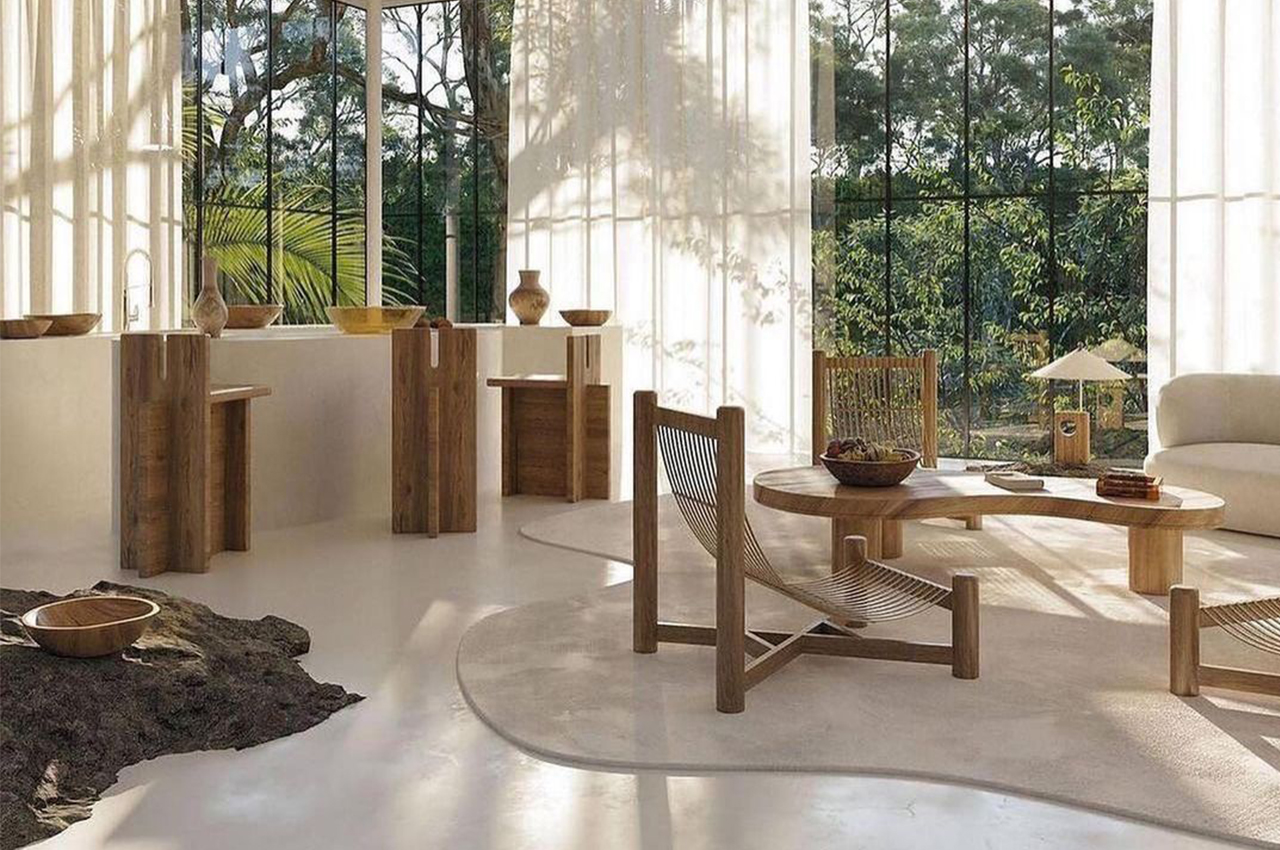
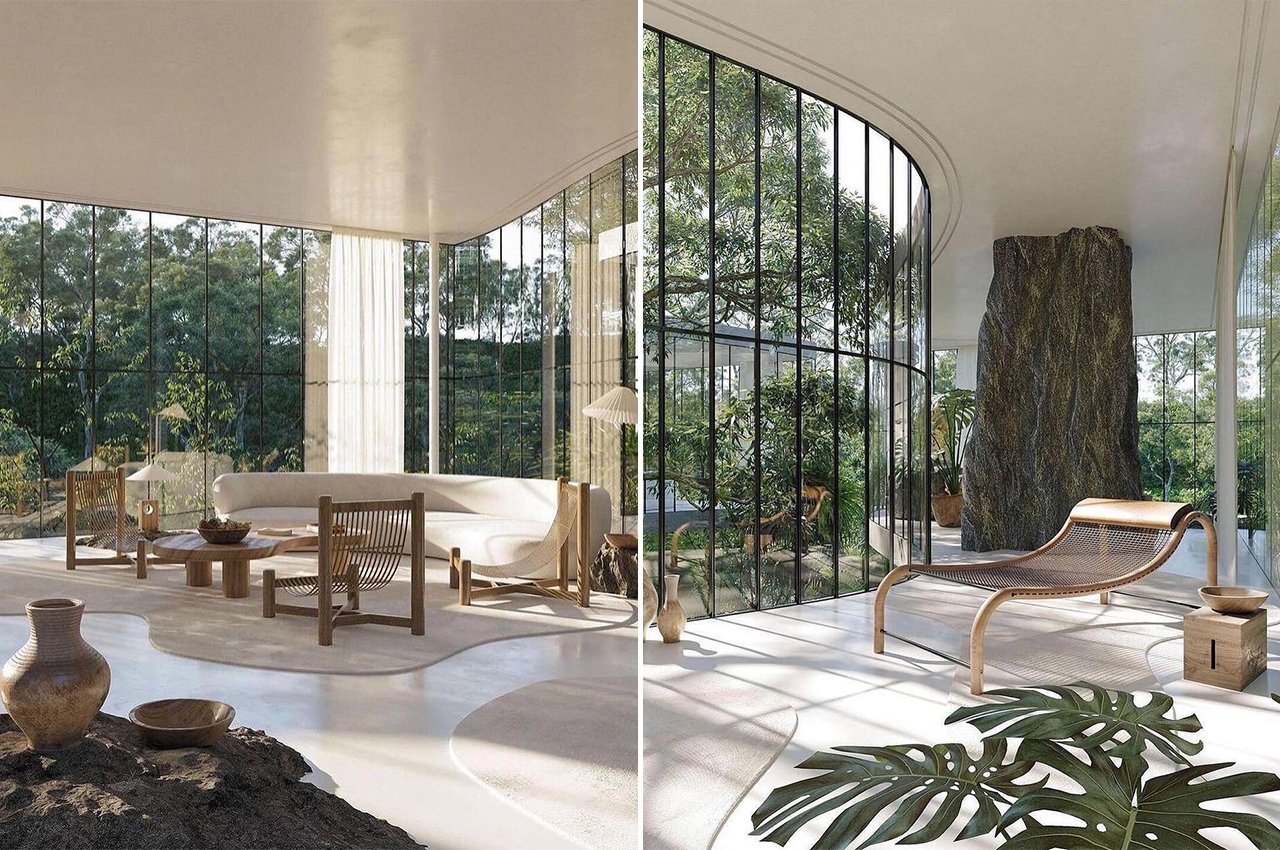
Designer: Een droomhuis
2. Let Sunshine In
Natural light from windows, skylights and clerestory openings form an integral part of a biophilic design as it helps to regulate our mental health, mood, wellness and reduces stress. The most significant advantage of natural light is that it regulates our hormones, controls our circadian rhythm, ensures sound sleep, and is one of the biggest sources of Vitamin D. Hence, the home should have large windows to maximize natural light and establish a brilliant visual connection with nature. Organize and arrange the furniture to ensure good energy flow and remove blockages that can prevent natural light penetration. Introduce sheer curtains to filter in natural light during the day and consider reflective surfaces like glass and mirrors that can reflect natural light. Layered lighting can brighten up one’s mood, and the addition of mirrors to reflect natural and artificial light can improve the overall lighting of the home.
Tip: If you are working from home, make sure your desk is close to a window to enjoy the outdoor views, absorb sunlight, and enhance productivity.
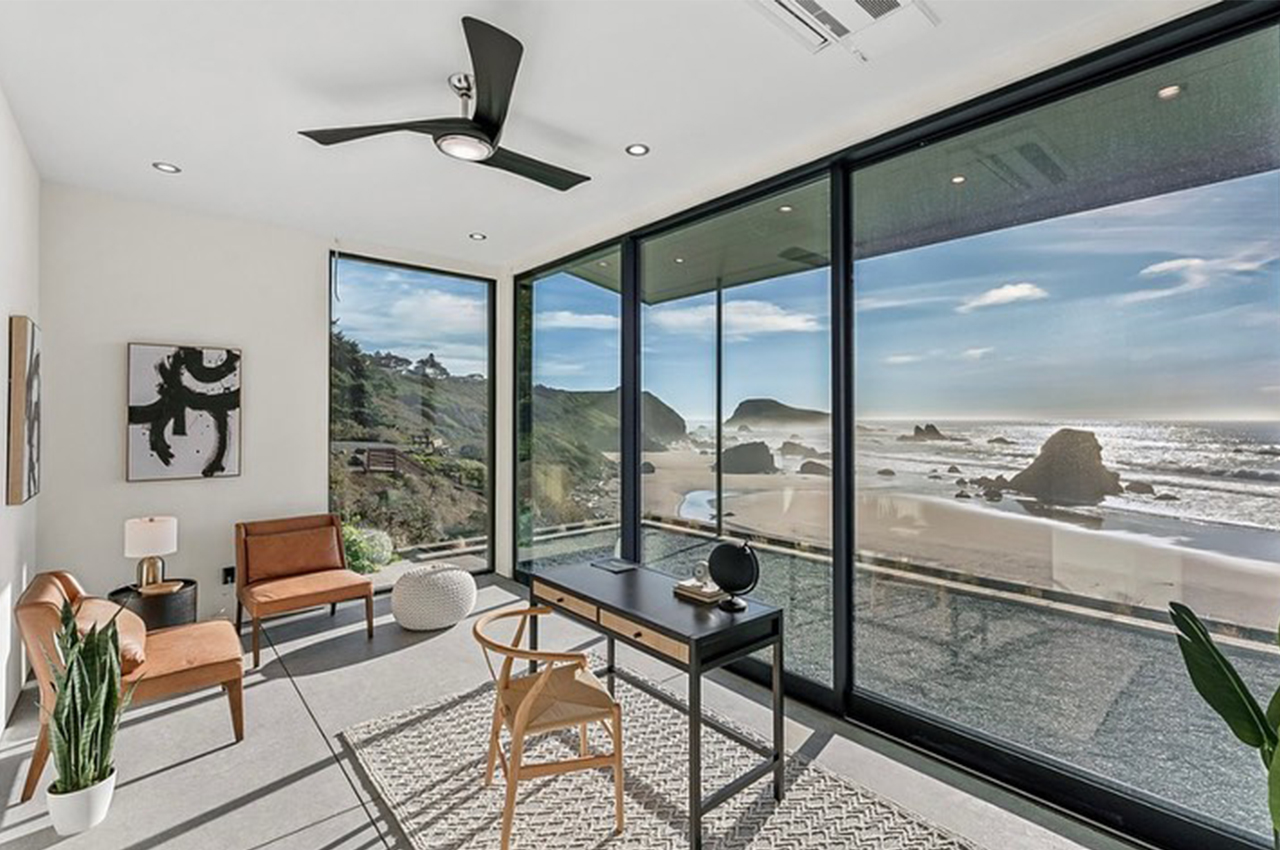
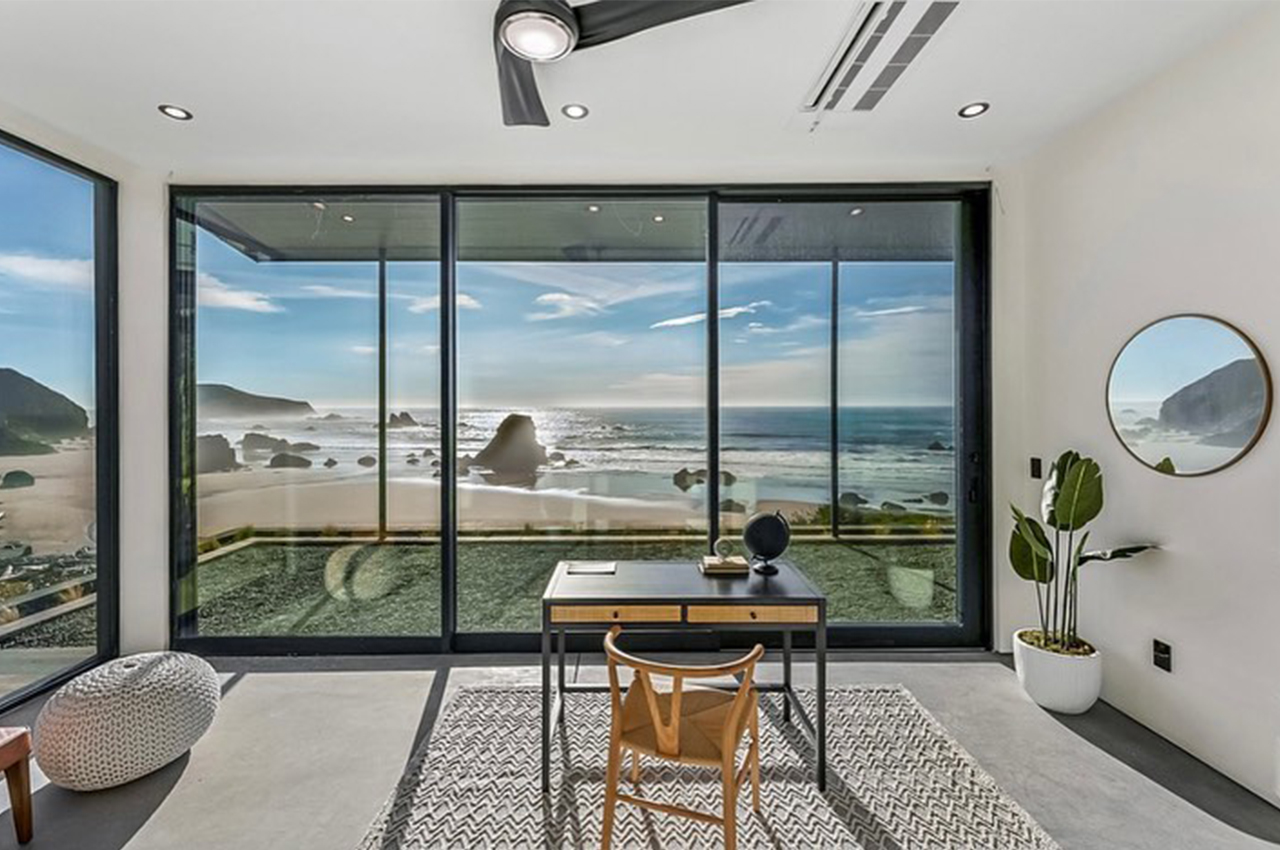
Staged by: Modern Folk Staging
3. Introduce Natural Materials
Bridge the gap between your home and nature by incorporating minimally processed natural materials like bamboo, cork, sustainable timber, wool, natural stone, cotton, linen, and rattan. Opting for natural over synthetic materials using natural stone and wood adds a natural aesthetic and feel to the room and is an excellent strategy for creating a biophilic design. Decorate your home with plenty of natural wooden furniture, flooring, and wall panels that celebrate the organic beauty of wooden grains. Since natural wood is expensive, you can also go with wood finish laminates, flooring, veneer, and tiles. These materials can be incorporated into the upholstery, bed linen, throw cushions and carpets. Use natural stone materials like marble, granite, limestone, and slate for flooring.

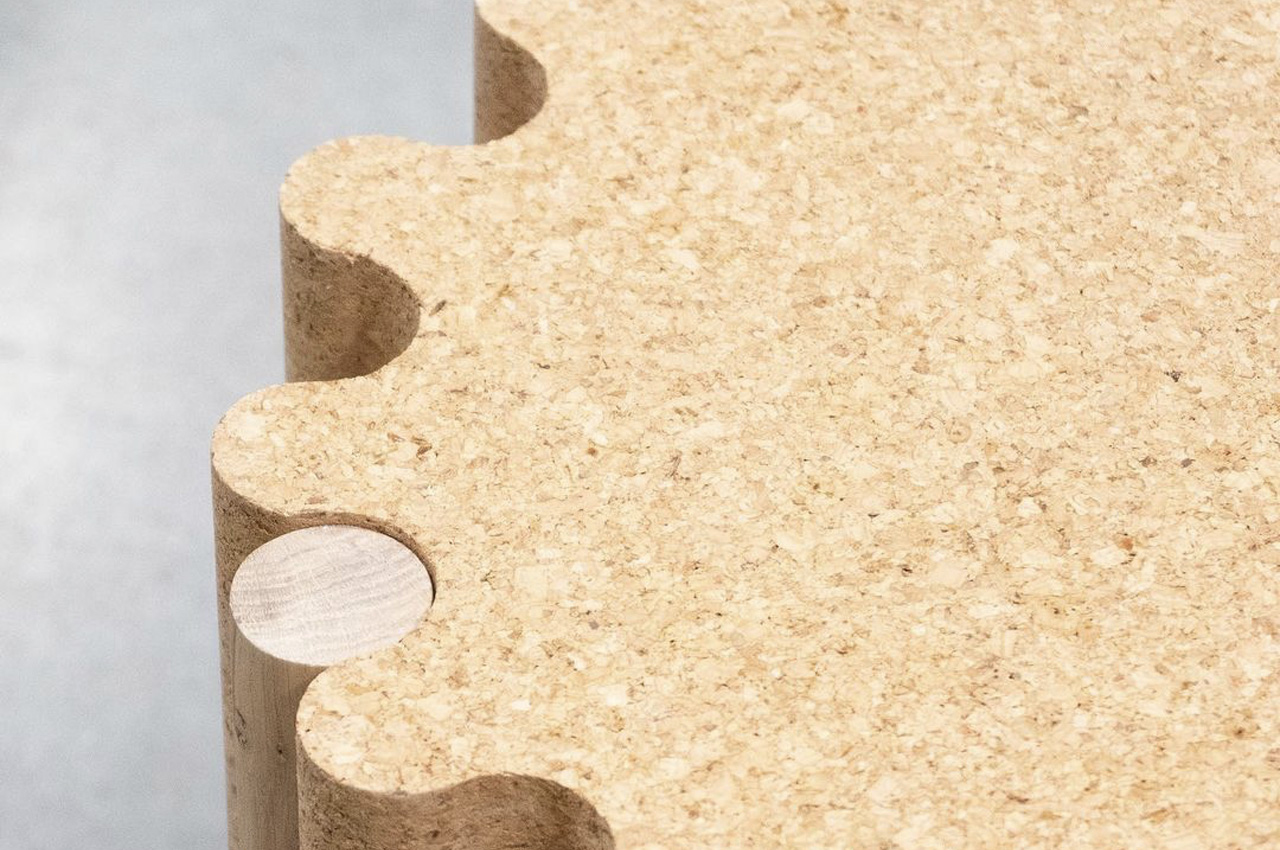
Designer: Teixeira Design Studio
4. Celebrate Organic Shapes of Nature
Nature is all about imperfections, so incorporate nature’s organic and natural flowing shapes like soft edges, curves, patterns, arches, abstract forms and asymmetrical shapes. Note that right angles and straight lines are seldom found in nature.

Designer: Deniz Aktay
5. Add Indoor Plants
Plants are one of the best ways to bring in greenery and create a soothing mental effect. It has excellent air-purifying properties and enhances one’s mood. Also, green is one of the most peaceful colors that help restore our energies and reduce stress. Add freshness and create a direct connection with nature by bringing in a lot of fragrant plants, succulents, a vertical garden or air-purifying plants that can be grown in floor pots, as hanging plants, or placed on the kitchen sill. This is one of the easiest ways to create biophilic décor.
One can add a green or living wall as it forms an eye-catching feature, create a rooftop garden, and line the indoors with potted plants. It purifies the air from toxic chemicals and absorbs harmful organic compounds like formaldehyde and benzene, usually found in paint, carpets, and household cleaners.

Designers: Sean Sykes & James Whitfield
6. Nature-Inspired Interiors
It is essential to live in a compatible and harmonious relationship with the natural world, so bring the forms and patterns of nature into the interiors. Create nature-inspired interiors by introducing floral prints in throw cushions, upholstery, curtains and pillows or even kitchen accessories.
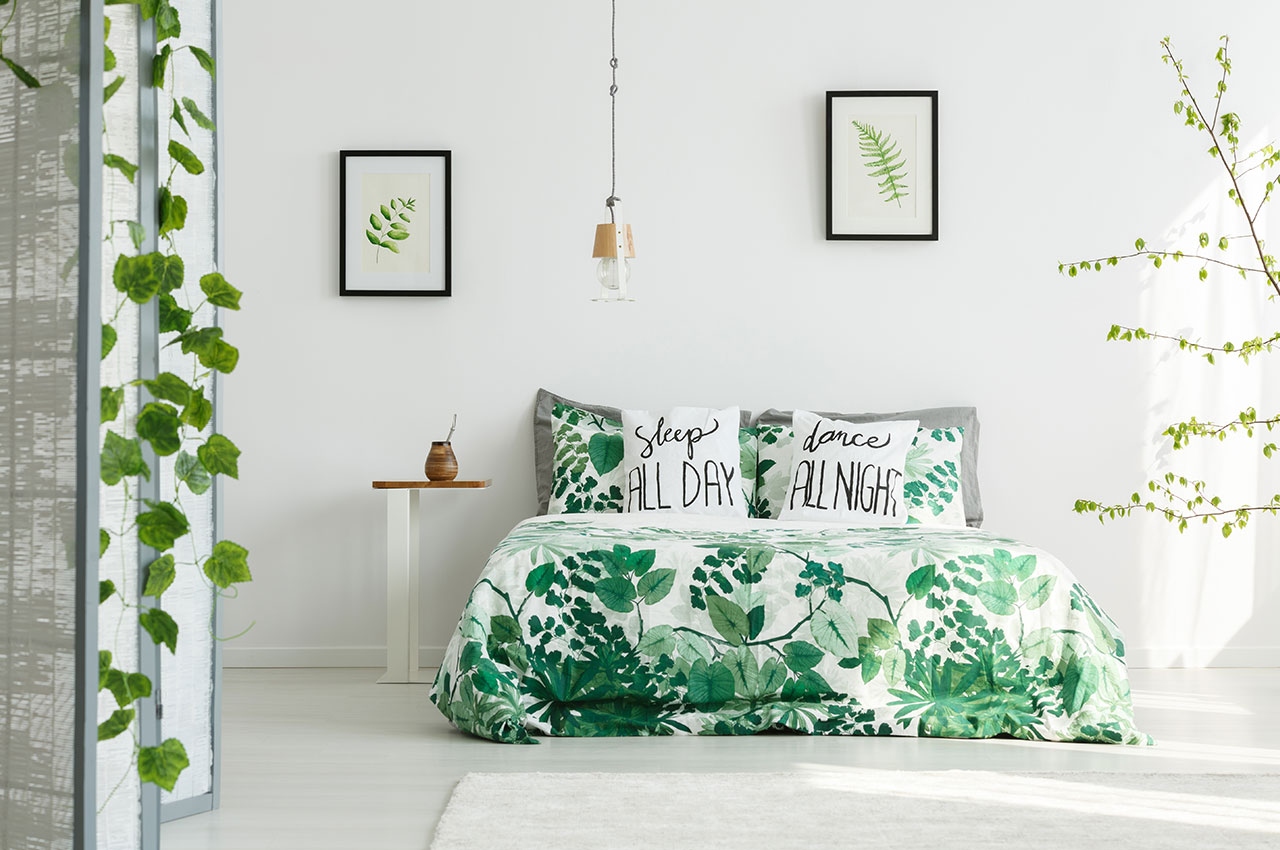
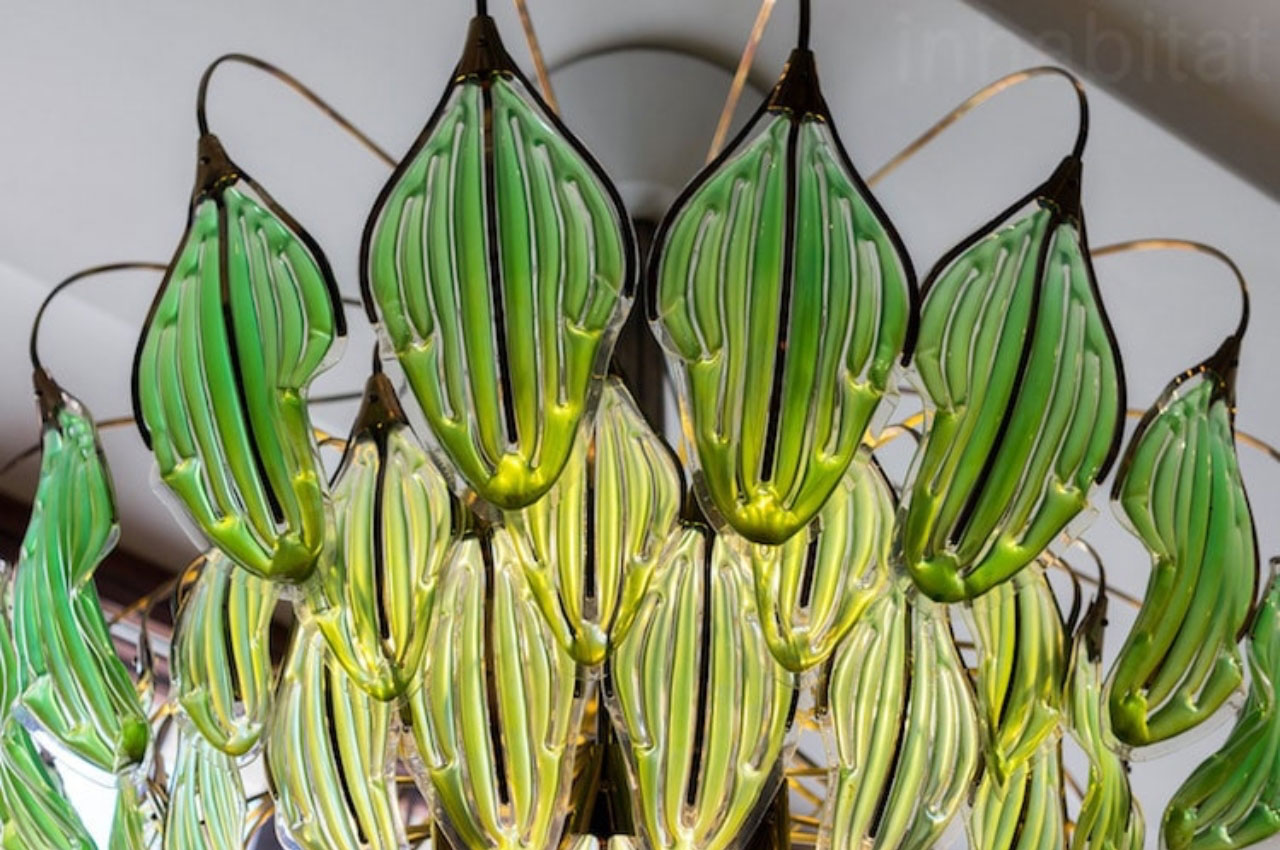
Designer: Julian Melchiorri
7. Introduce Earthy Colors
Choose a neutral or earth-tone palette that is derived from nature. Let the interiors mimic the seasonal colors of nature through wallpaper, wall paint, upholstery and even the flooring tiles. Go for a peaceful color scheme that reminds you of the blue skies and water alongside nature’s earth and vegetation tones. Some of the colors include soft greens, yellow, brown, orange, and off-white to name a few.
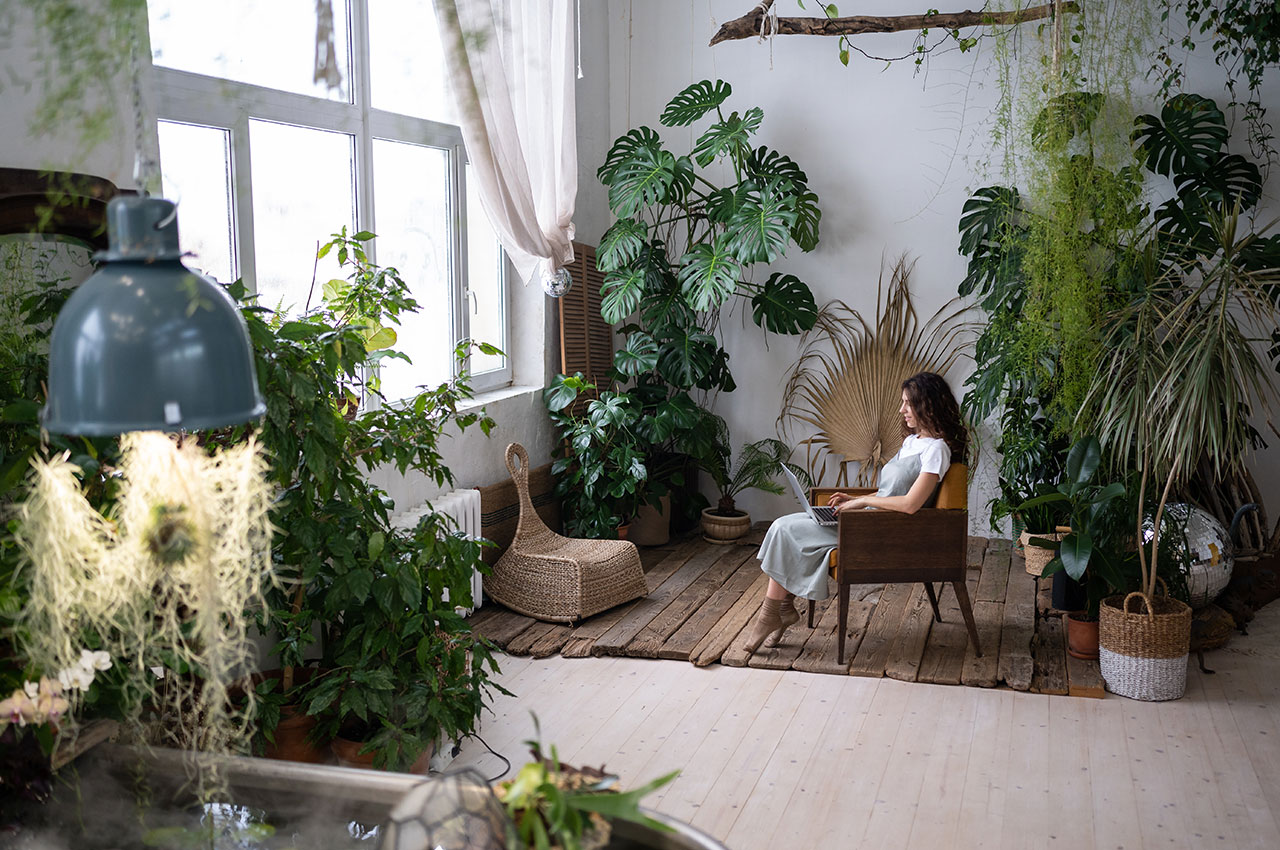

8. Install Art
Pay homage to biophilia through artwork and the love for nature that can be incorporated into the built environment. Create a gallery wall with an artistic representation of forest views, rising sun, ocean, moonlight, birds, animals, tropical foliage and so on, as it can directly affect your mood. Beautify your walls with botanical wallpaper or accentuate the walls with nature-inspired photographs, art, prints, murals, landscape paintings, and floral or vegetal patterns to create a symbolic connection with nature.
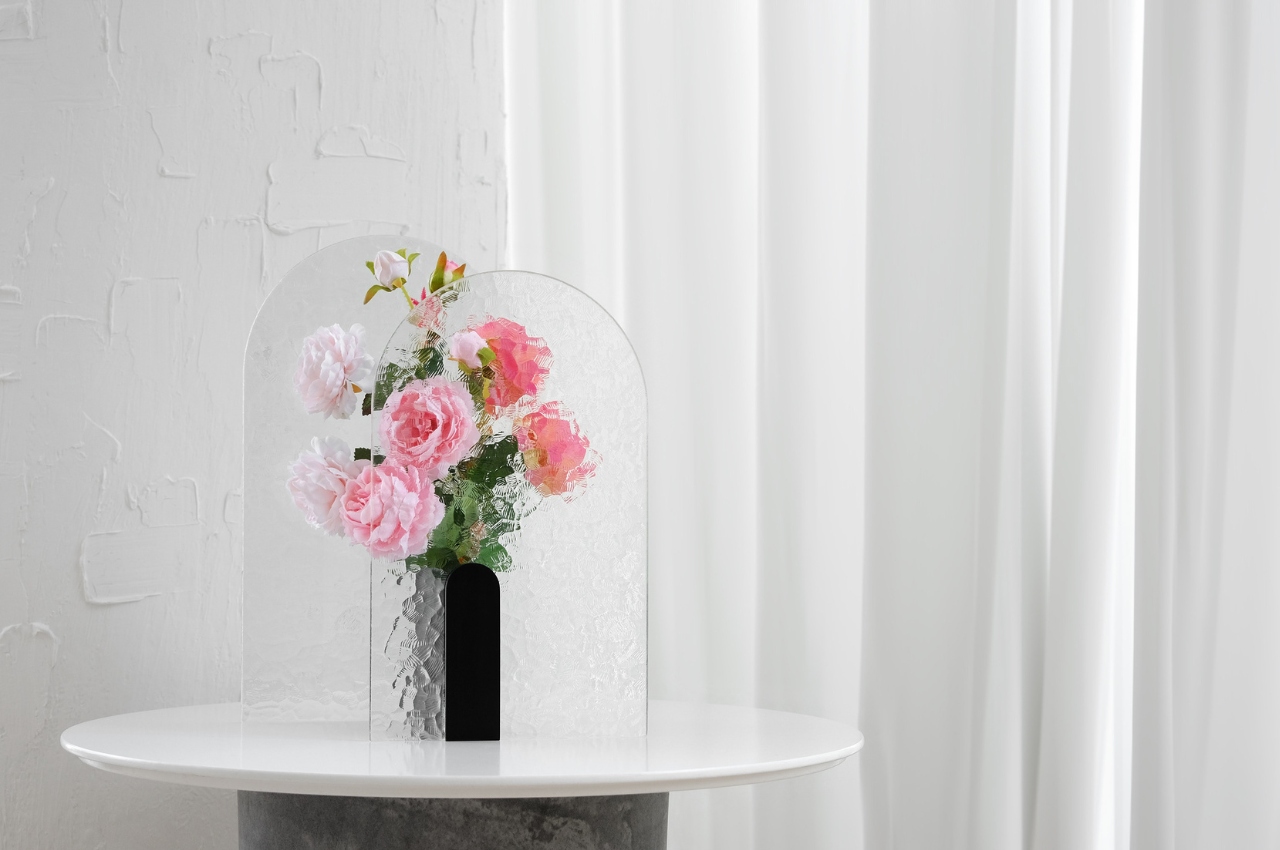
Designer: Weijing Tan
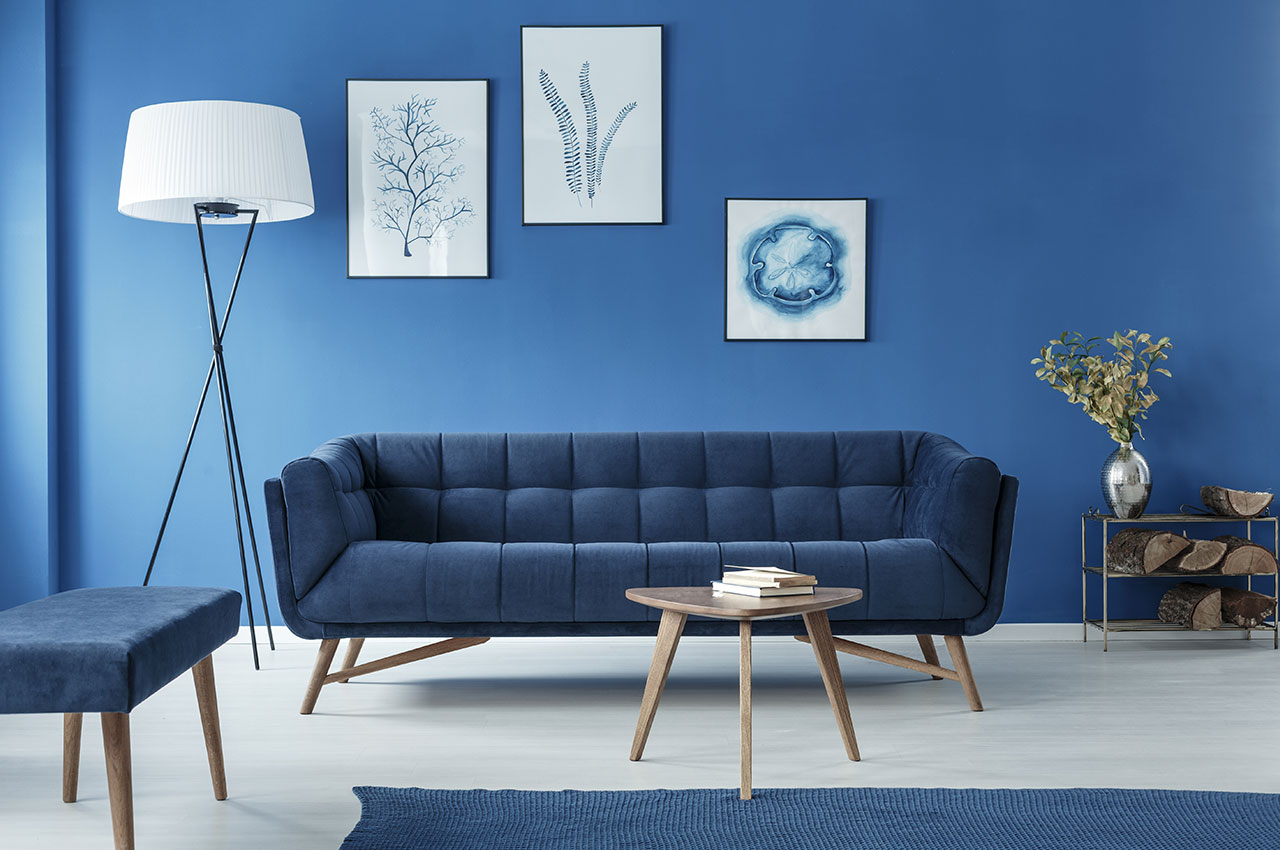
9. Add Natural Sound And Scents
Evoke rich sensory stimuli with the sound of water and nature-inspired smells. Introduce a small water fountain within the home as water creates a sense of tranquility, has a calming effect on the mind. A saltwater aquarium, pond and water feature can create a healing atmosphere and bring in the sense of relaxation and finds opportunities to connect to the richness of our sensory system. Add natural scented candles or an essential oil diffuser and relaxing music.
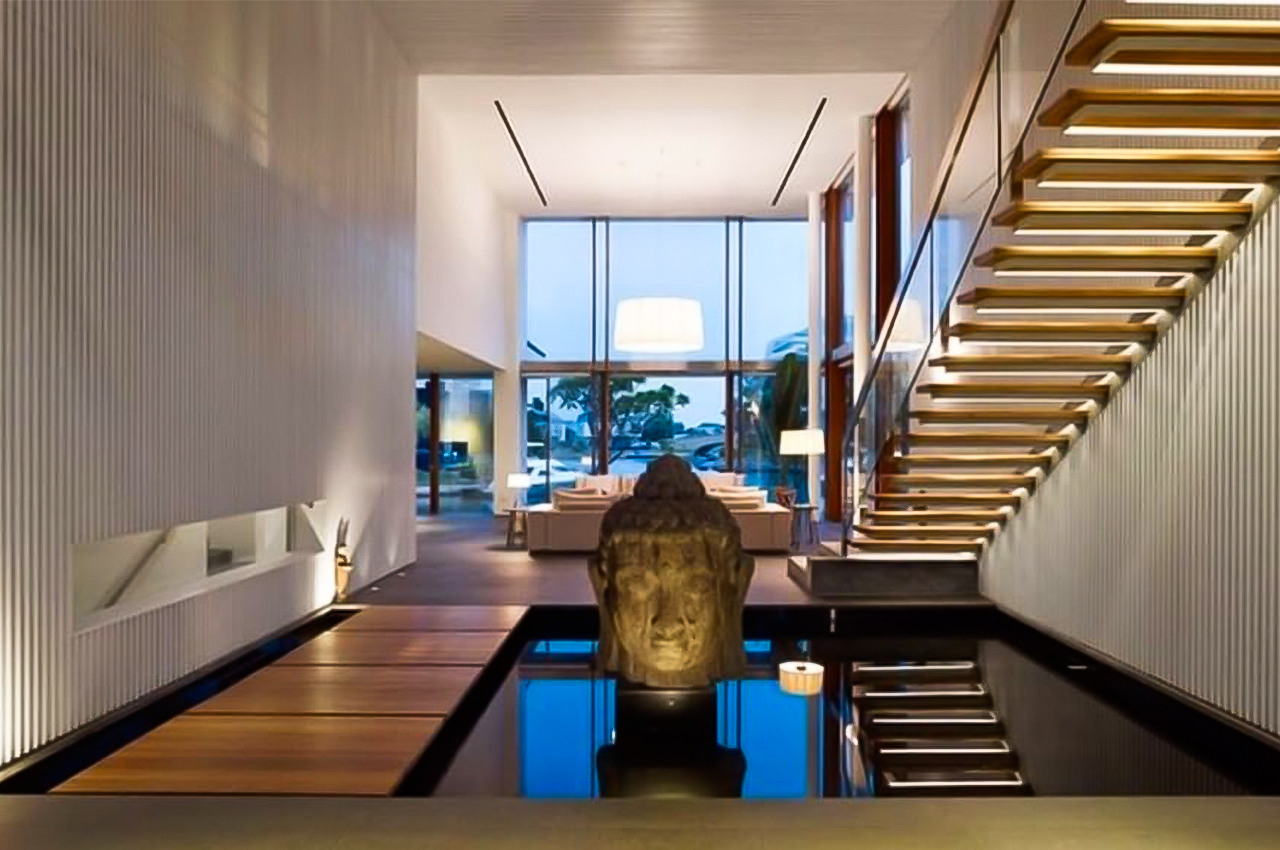
Designer: SRS Title & Associates, LLC
10. Beautify With Natural Textures and Patterns
Stimulate the visual connection with nature by mimicking the symbolic textures and patterns found in nature. Bring in biomorphic patterns like honeycomb patterns and the rippling wave patterns of the ocean, and feel connected to nature with visual and tactile textures. These natural textures can be achieved with woven upholstery, smooth and rough surfaces and materials with patina like brass, leather, marble, and copper; they change their hues with age. As nature is full of tactile and visual textures, you can go for woven upholstery, rugs, and smooth and rough materials that add an element of richness to your space. Do not forget to decorate the space with textured pebbles, natural stone, botanical sculptures, floral arrangements, and terrariums.
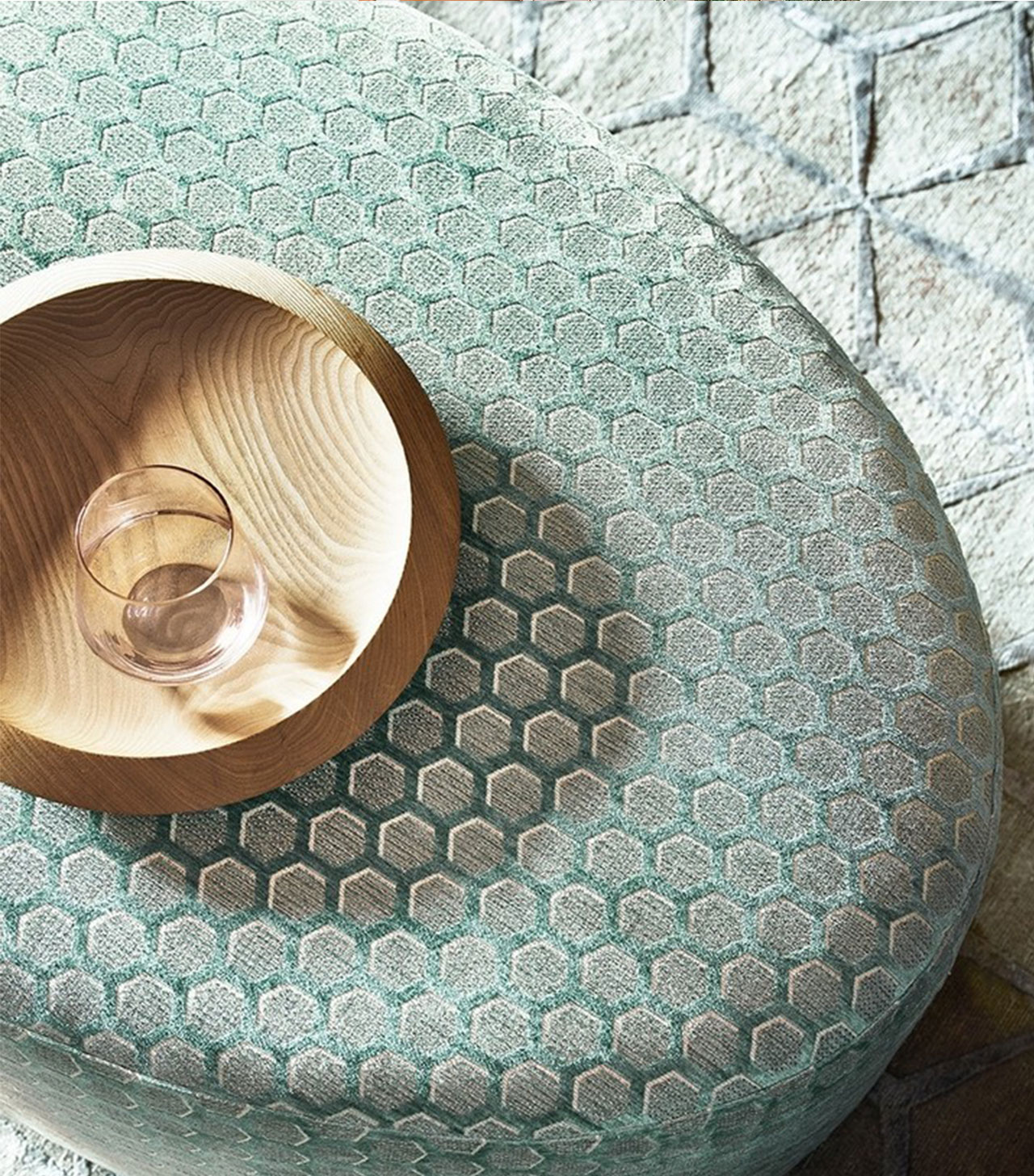
Designer: Jane Churchill Fabrics
It is highly recommended to go for a biophilic décor that creates a positive space and deepens attachment with the natural world. Biophilia is a great way to breathe life into the home and establish a connection with our environment.
The post What Is The Concept of Biophilic Design? first appeared on Yanko Design.
from Yanko Design
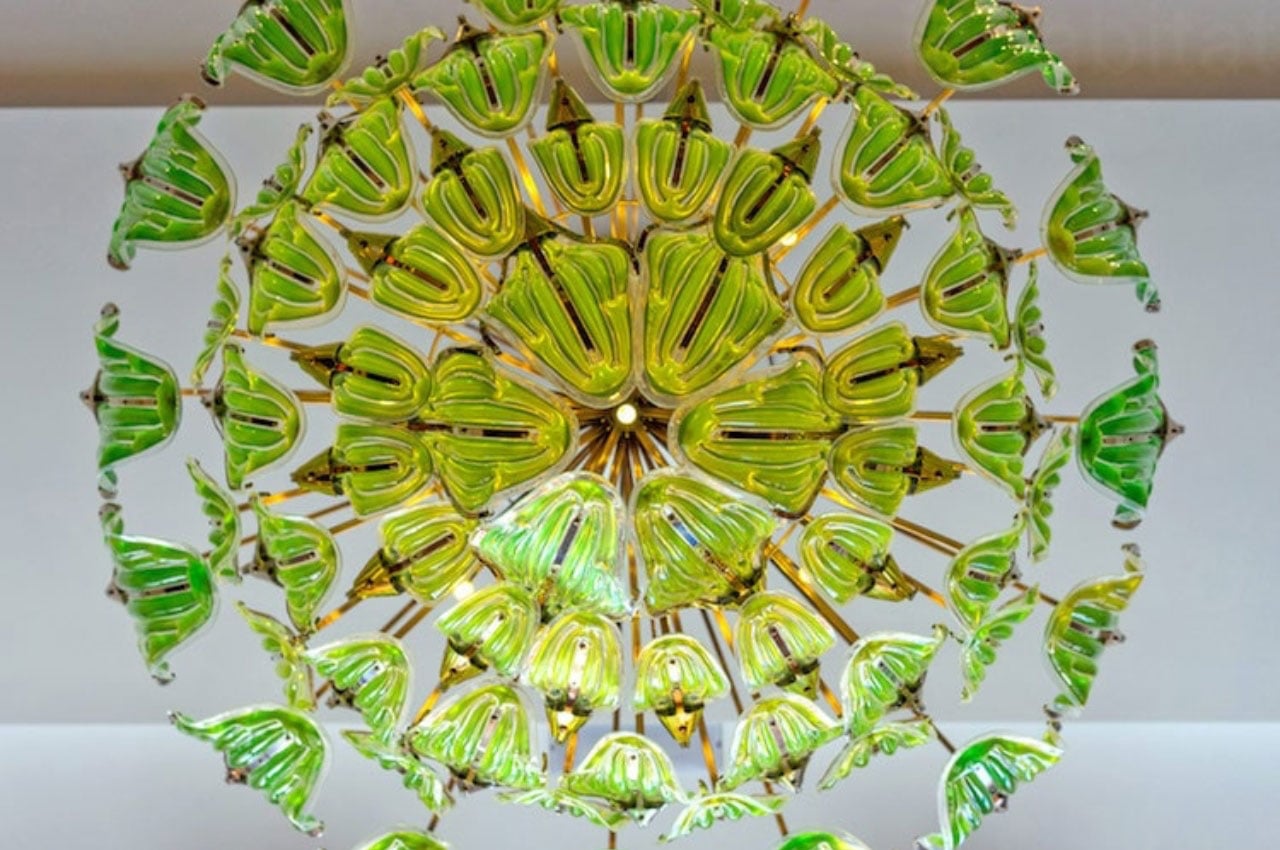


0 Comments